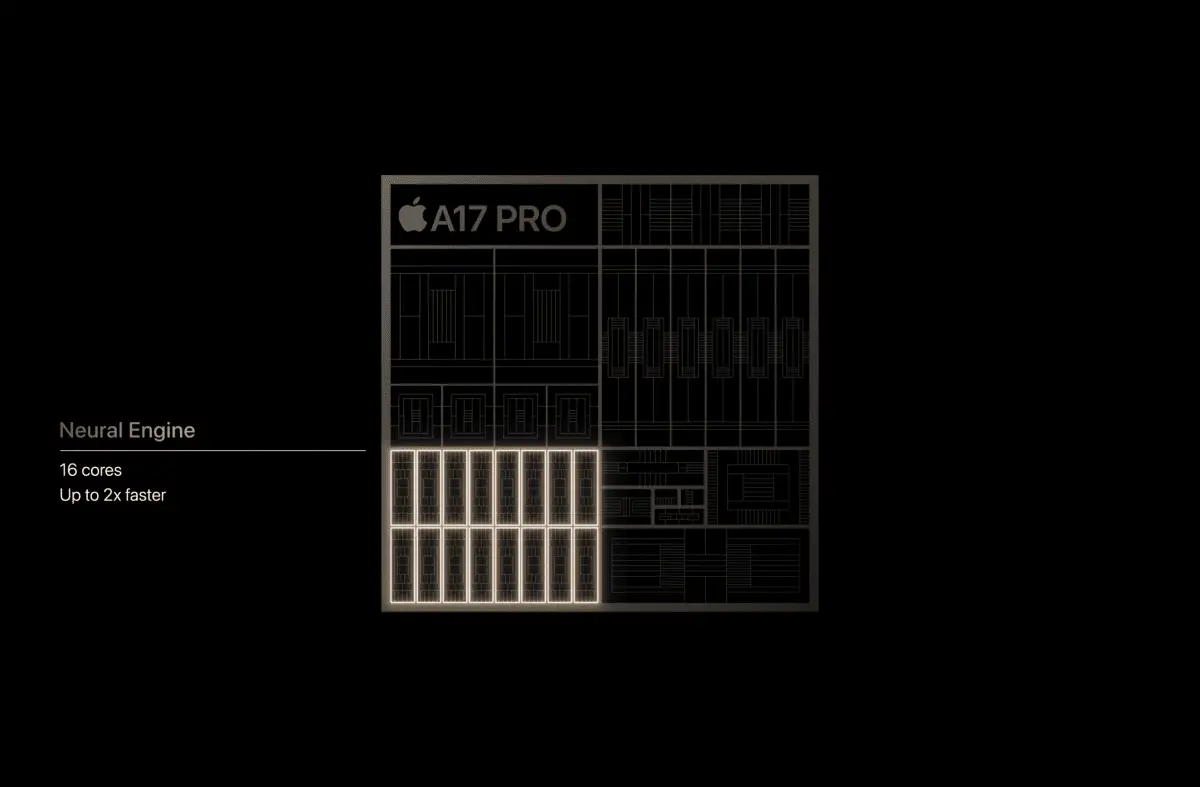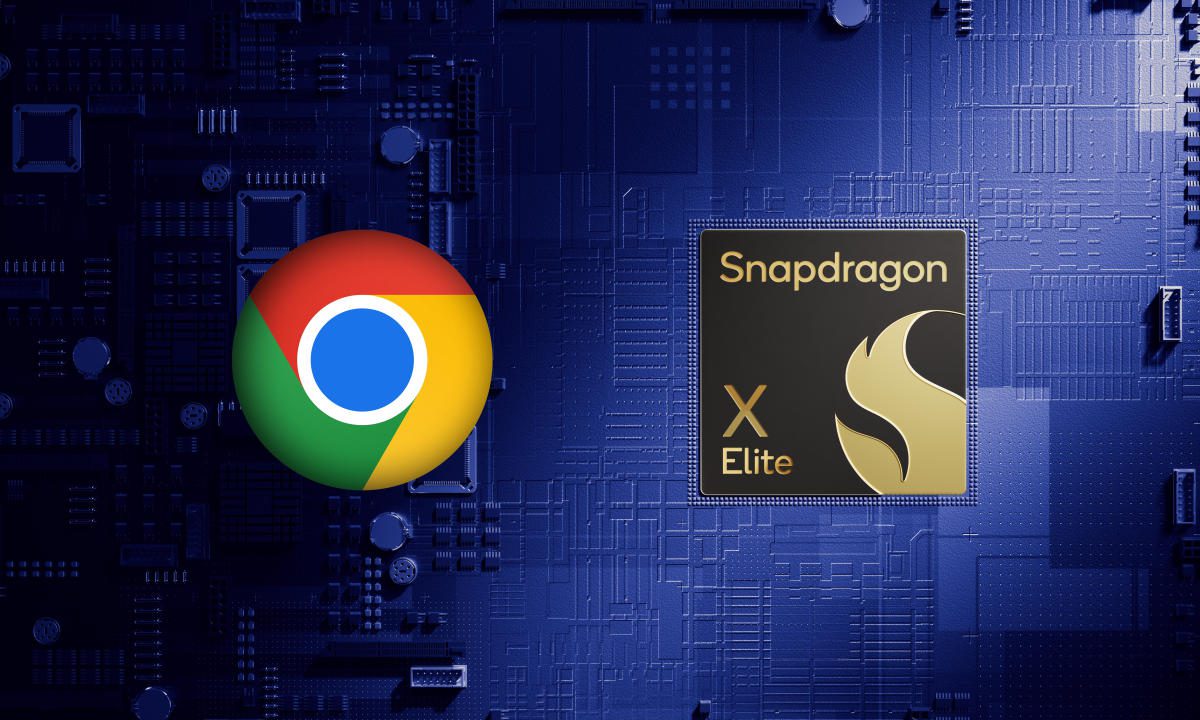Mild electric shocks relieve grief
stimulated cerebral cortex June 18, 2024 5:03 p.m. Robert Klatt Separation pain cannot be cured for everyone through methods such as cognitive behavioral therapy. A new study now shows that electrical stimulation of the brain can relieve heartache in severe cases. Zanjan (Iran). Lovesickness, also known as breakup pain, can have serious consequences for some […]

stimulated cerebral cortex
Robert Klatt
Separation pain cannot be cured for everyone through methods such as cognitive behavioral therapy. A new study now shows that electrical stimulation of the brain can relieve heartache in severe cases.
Zanjan (Iran). Lovesickness, also known as breakup pain, can have serious consequences for some people, including depression, anxiety, insomnia, loss of self-esteem, and in the worst cases case, suicide. So far, psychology has been successful in treating grief using different methods such as cognitive behavioral therapy. However, these treatment options do not work for all patients. Science is therefore looking for alternative methods.
Researchers from Zanjan University have now investigated whether electrical stimulation of the brain with mild electric shocks could help. Minimal current pulses of approximately one milliampere are sent through the thinking organ. A study from the Medical University of South Carolina (MUSC) has already shown that this method can help smokers quit smoking.
Frontal lobe of the cerebral cortex stimulated
According to the publication in Journal of Psychiatric Research Scientists used mild electric shocks to stimulate a region of the brain located in the frontal lobe of the cerebral cortex which controls emotions. To do this, participants received corresponding pulses via electrodes placed on their skull twice a day for 20 minutes over a period of five days. In a control group, it was only simulated that the current passed through the scalp and skull to the prefrontal cortex.
Electrical impulses help relieve grief
In test subjects who were not part of the control group, whose frontal lobe of the cerebral cortex was actually stimulated by electricity, the therapy led to a significant reduction in lovesickness. The positive effects were still present after one month of treatment. The effects were greater in people in whom the current pulses were sent to the part of the prefrontal cortex located on the side of the back. A positive effect was also seen in the test subjects who received the current pulses in the part of the prefrontal cortex located on the side of the abdomen, but this was somewhat weaker.
In future studies, the researchers would like to examine their results with many more test subjects. If this study is also successful, it is conceivable that the new treatment method for lovesickness will also be used in daily clinical practice.
Journal of Psychiatric Research, doi: 10.1016/j.jpsychires.2024.05.020














